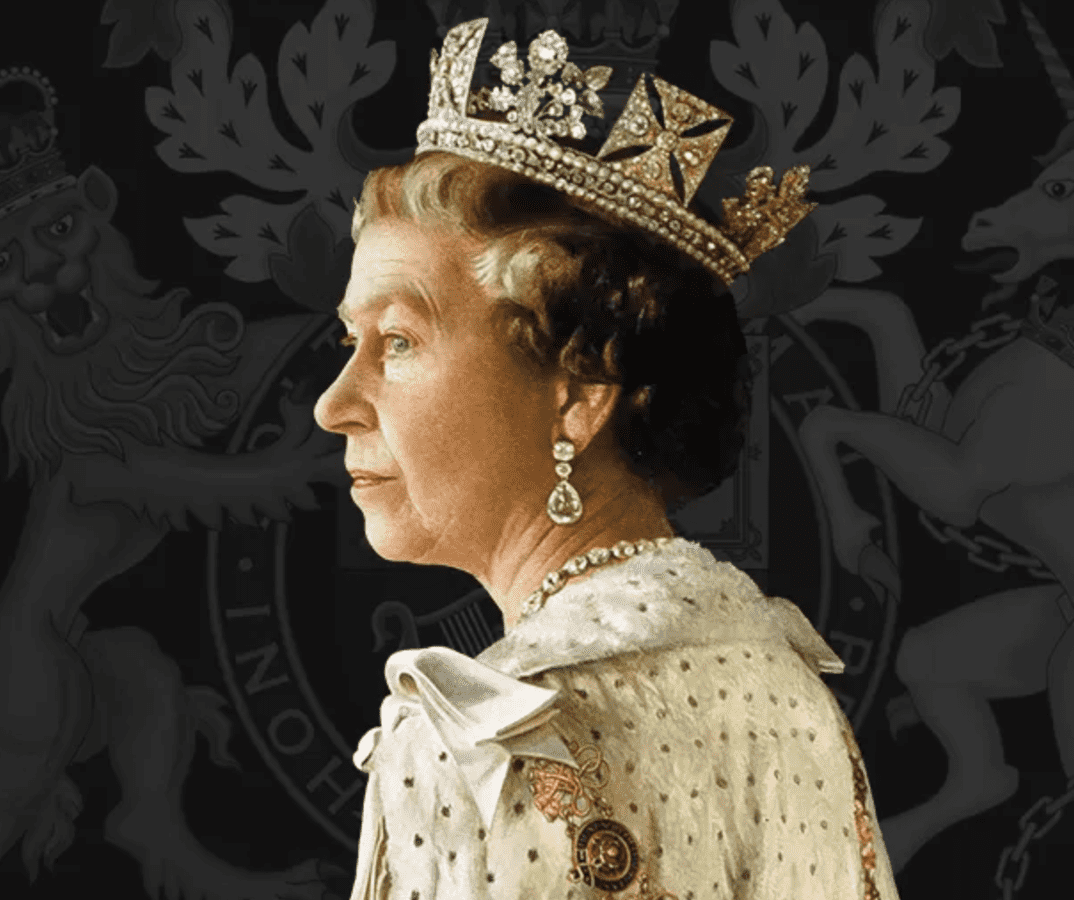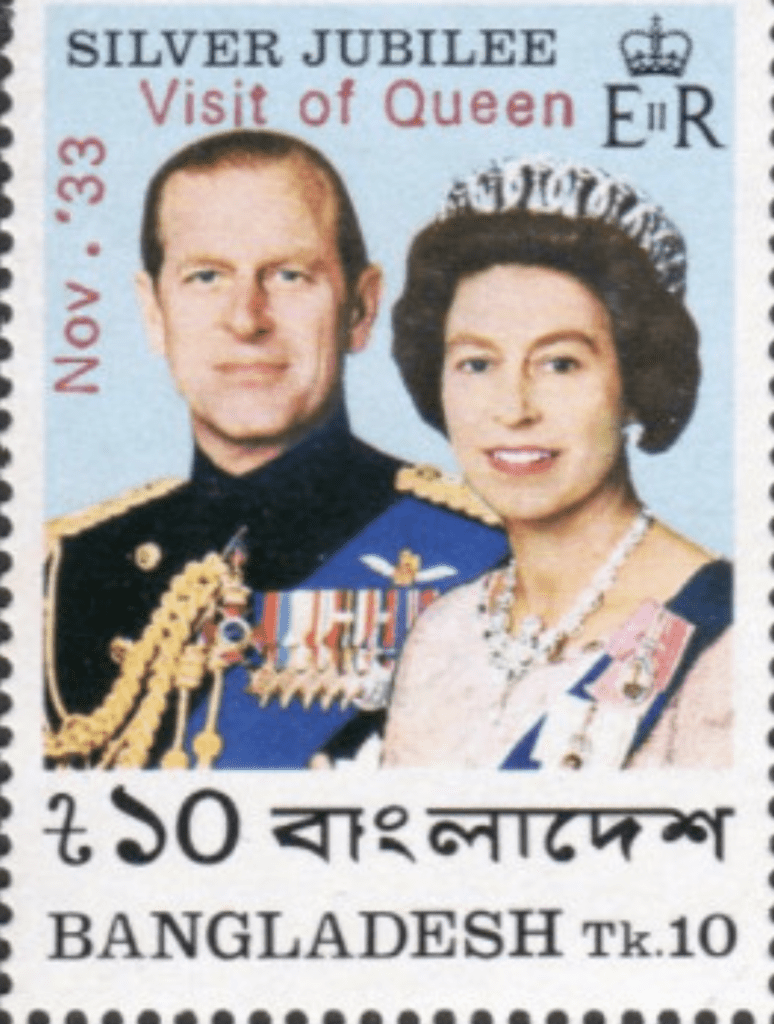
The death of Queen Elizabeth II is announced by Buckingham Palace in 9th September 2022
The death of Queen Elizabeth II is announced by Buckingham Palace.
Queen Elizabeth II, the longest-reigning monarch of the United Kingdom, died at Balmoral at the age of 96 after 70 years on the throne.
Thursday morning, her family gathered at her Scottish estate out of concern for her health.
In 1952, when she ascended to the throne, the Queen witnessed tremendous social change.
Her eldest son Charles, the former Prince of Wales, will lead the nation in mourning as the new King and head of state for 14 Commonwealth realms following her passing.
Buckingham Palace issued the following statement
Buckingham Palace issued the following statement: “The Queen passed away peacefully at Balmoral this afternoon.”
This evening, the King and Queen Consort will remain at Balmoral before returning to London tomorrow.”
After doctors placed the Queen under medical supervision, all of her children traveled to Balmoral, close to Aberdeen.
Prince William is also present, and his brother, Prince Harry, is en route.
Obituary: A long life marked by a sense of duty The BBC immediately reported her passing.
The reign of Queen Elizabeth II encompassed post-war austerity, the transition from empire to Commonwealth, the end of the Cold War, and the United Kingdom’s entry into and withdrawal from the European Union.
Her reign spanned 15 prime ministers, beginning with Winston Churchill, who was born in 1874, and including Liz Truss, who was born 101 years later in 1975 and was appointed by the Queen just last week.
Throughout her reign, she held weekly audiences with her prime minister.
Crowds awaiting updates on the Queen’s condition at Buckingham Palace in London wept upon hearing of her passing. At 18:30 BST, the Union flag atop the palace was lowered to half-staff.
Who was Queen Elizabeth
Elizabeth Alexandra Mary Windsor was born on April 21, 1926, in Mayfair, London.
Few could have predicted she would become monarch, but in December 1936 her uncle, Edward VIII, abdicated the throne to marry Wallis Simpson, an American who had been divorced twice.
Elizabeth’s father became King George VI, and she became heir to the throne at the age of 10.
Within three years, Britain and Nazi Germany were at war. Elizabeth and her younger sister, Princess Margaret, spent the majority of the war at Windsor Castle after their parents rejected evacuation suggestions to Canada.
Elizabeth spent five months in the Auxiliary Territorial Service after turning 18 and learned the fundamentals of motor mechanics and driving. She later recalled, “I began to comprehend the esprit de corps that thrives in the face of adversity.”
She corresponded with her third cousin, Philip, Prince of Greece, who was serving in the Royal Navy, throughout the war. Their relationship flourished, and on 20 November 1947, they wed at Westminster Abbey, with the prince assuming the title of Duke of Edinburgh.

She would refer to him as “my strength and support” throughout their 74-year marriage, until his death at age 99 in 2021.
To commemorate their Diamond Wedding Anniversary on November 20, 2007, the Queen and Prince Philip re-visit Broadlands, where they spent their wedding night sixty years ago in November 1947.
Image caption,
In 2009, the Duke of Edinburgh became the longest-serving consort in British history, having served alongside the Queen for over six decades.
Charles, the couple’s first son, was born in 1948, followed by Princess Anne in 1950, Prince Andrew in 1960, and Prince Edward in 1964. They provided their parents with eight grandchildren and twelve great-grandchildren.
Princess Elizabeth was representing the ailing King in Kenya in 1952 when Prince Philip broke the news that her father had died. She returned to London immediately as the new queen.
She later recalled, “It was a very sudden kind of undertaking and doing the best job possible.”
Elizabeth II, the crown
Elizabeth was crowned at Westminster Abbey on June 2, 1953, at the age of 27, before a then-record television audience of more than 20 million.
The end of the British Empire abroad and the swinging ’60s swept away social norms in the United States during the subsequent decades.
Elizabeth reformed the monarchy for this less deferential era by engaging the public through walkabouts, royal visits, and participation in public events. Her dedication to the Commonwealth was unwavering; she visited every Commonwealth nation at least once.
Queen Elizabeth in Bangladesh
On 15 February 1961, prior to Bangladesh’s independence, Queen Elizabeth II visited Dhaka as part of a royal tour.
On the occasion of the 50th anniversary of Bangladesh’s independence, the Queen extended her best wishes to the Bangladeshi people.
She stated, “Our friendship and affection remain the foundation of our partnership and are as vital today as they were fifty years ago.”
During her reign, the Queen has been served by fourteen Prime Ministers of the United Kingdom, beginning with Winston Churchill.
During Her Majesty’s reign, fourteen United States presidents have served, and with the exception of President Johnson (1963-1969), Her Majesty has met each of them.
James Bond escorted the Queen from Buckingham Palace to the Olympic Stadium by helicopter before they both parachuted into the event as part of the London 2012 Olympics opening ceremony.
The oldest form of government in the United Kingdom is monarchy. In a monarchy, the Head of State is a king or queen. The monarchy of the United Kingdom is a constitutional monarchy. This means that, although the Sovereign is the Head of State, the ability to create and pass legislation rests with an elected Parliament. Although The Sovereign no longer serves in a political or executive capacity, he or she continues to play a vital role in the nation’s life.
As Head of State, the Monarch carries out constitutional and representative responsibilities that have evolved over a millennium. In addition to these duties of state, the Monarch also serves in a less formal capacity as “Head of Nation.” The Sovereign serves as a focal point for national identity, unity, and pride; imparts a sense of stability and continuity; formally recognizes achievement and excellence; and promotes the ideal of voluntary service.
As Head of State, the Queen must maintain strict neutrality regarding political issues. By convention, Her Majesty does not vote or run for office, but Her Majesty has significant ceremonial and formal roles in relation to the British government.
In 2022, While being escorted by Medical Director Dr. Sultana Khanum, the Queen and Prince Philip visited the Save the Children center in Dhaka and met with beneficiaries.
Bangladesh Railway gave the Queen a wooden plaque with a metal relief and a border of scrolling leaves.
Several members of the Royal family, including The Prince of Wales and The Princess Royal, as well as former Prime Ministers including John Major, Tony Blair, and David Cameron, visited Bangladesh on separate occasions and witnessed a rising nation pursuing a dignified recovery from extreme poverty, widespread floods, and debilitating cyclones, and aspiring to be a model of positive transformation, according to the British High Commission in Dhaka.
The Queen became the first British monarch to celebrate a Platinum Jubilee on February 6, this year, commemorating seventy years of service to the people of the United Kingdom, the Realms, and the Commonwealth.
To celebrate this unprecedented 70th anniversary, events and initiatives will take place throughout the year, culminating in a four-day UK bank holiday weekend from Thursday 2 June to Sunday 5 June.

Recent Comments